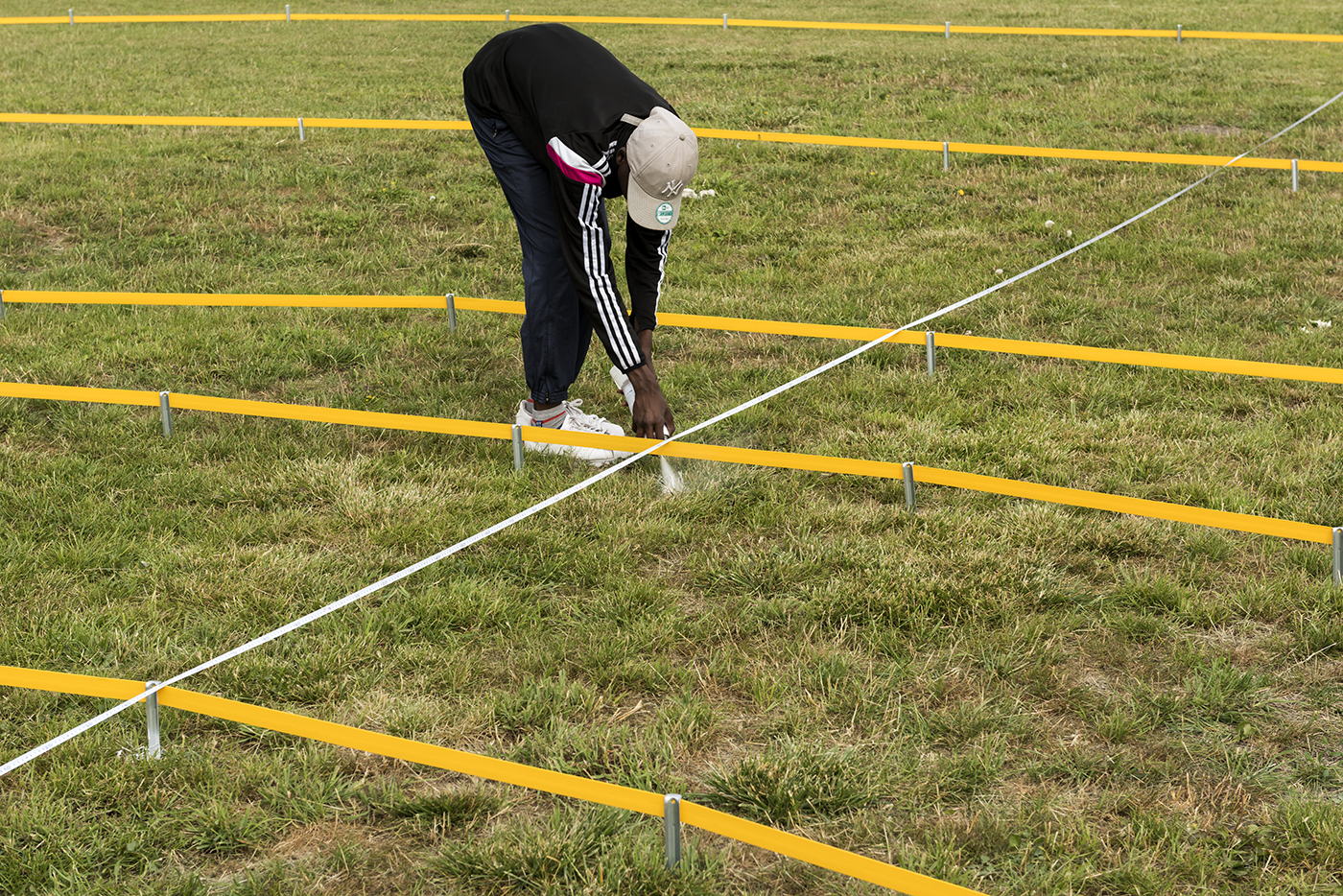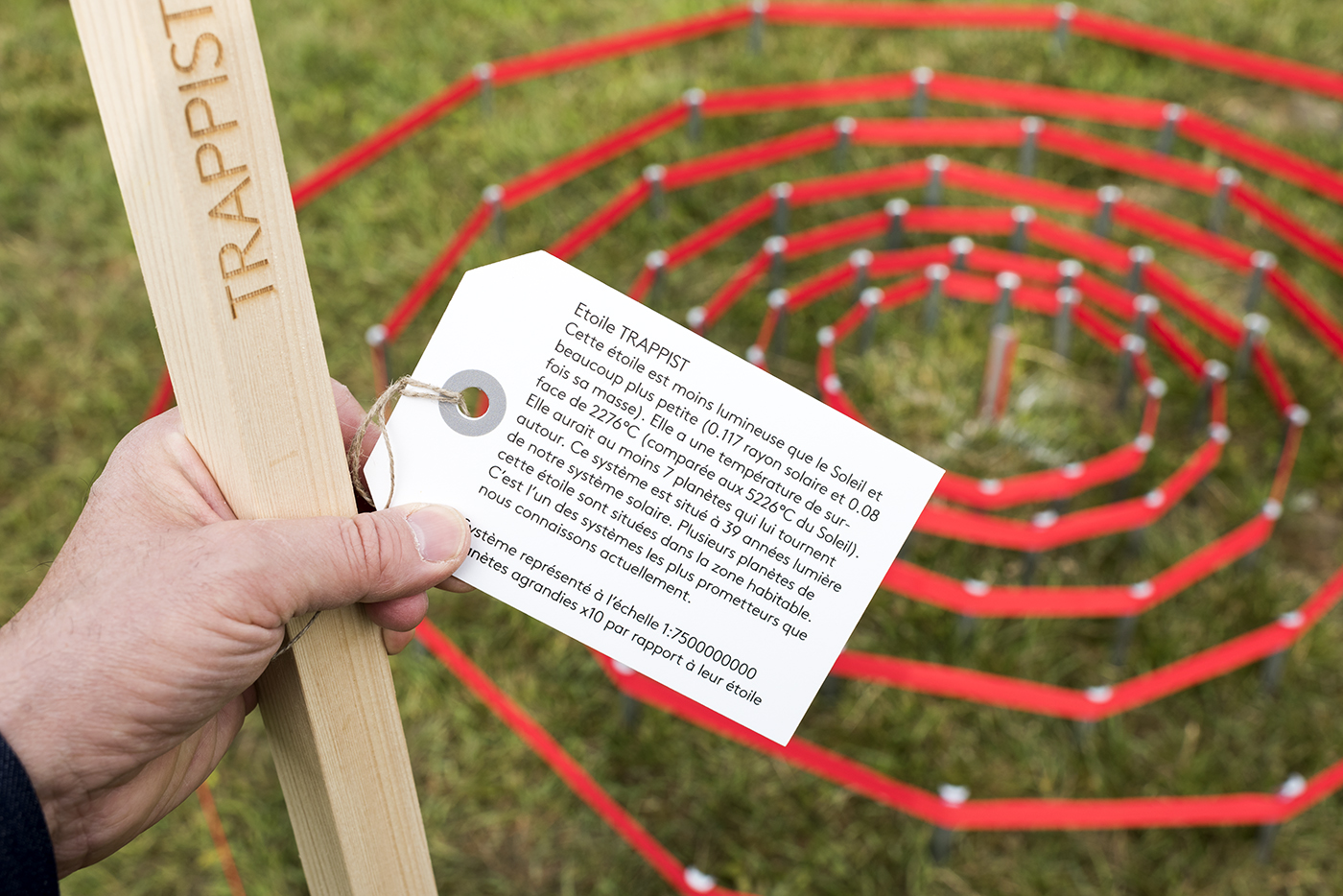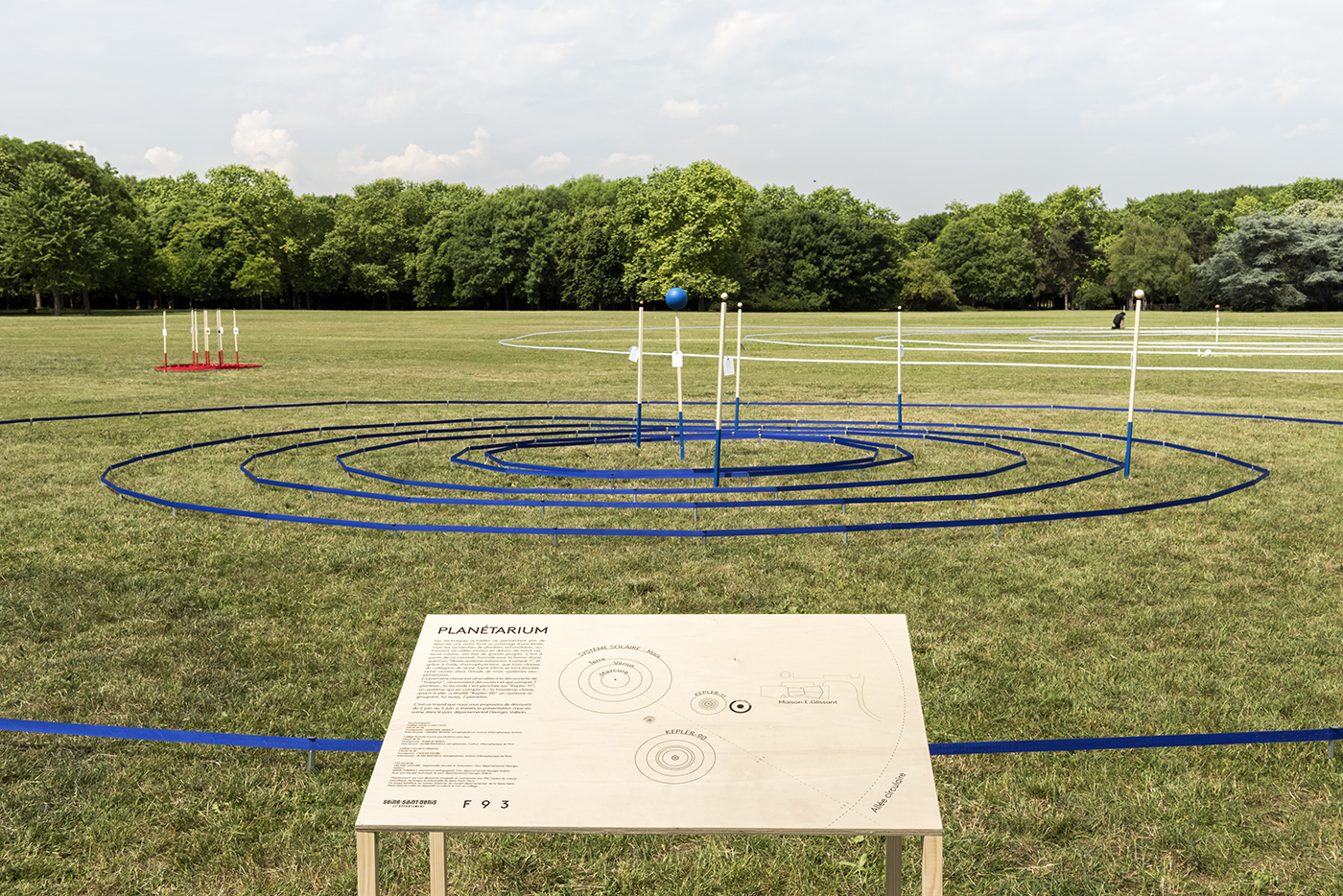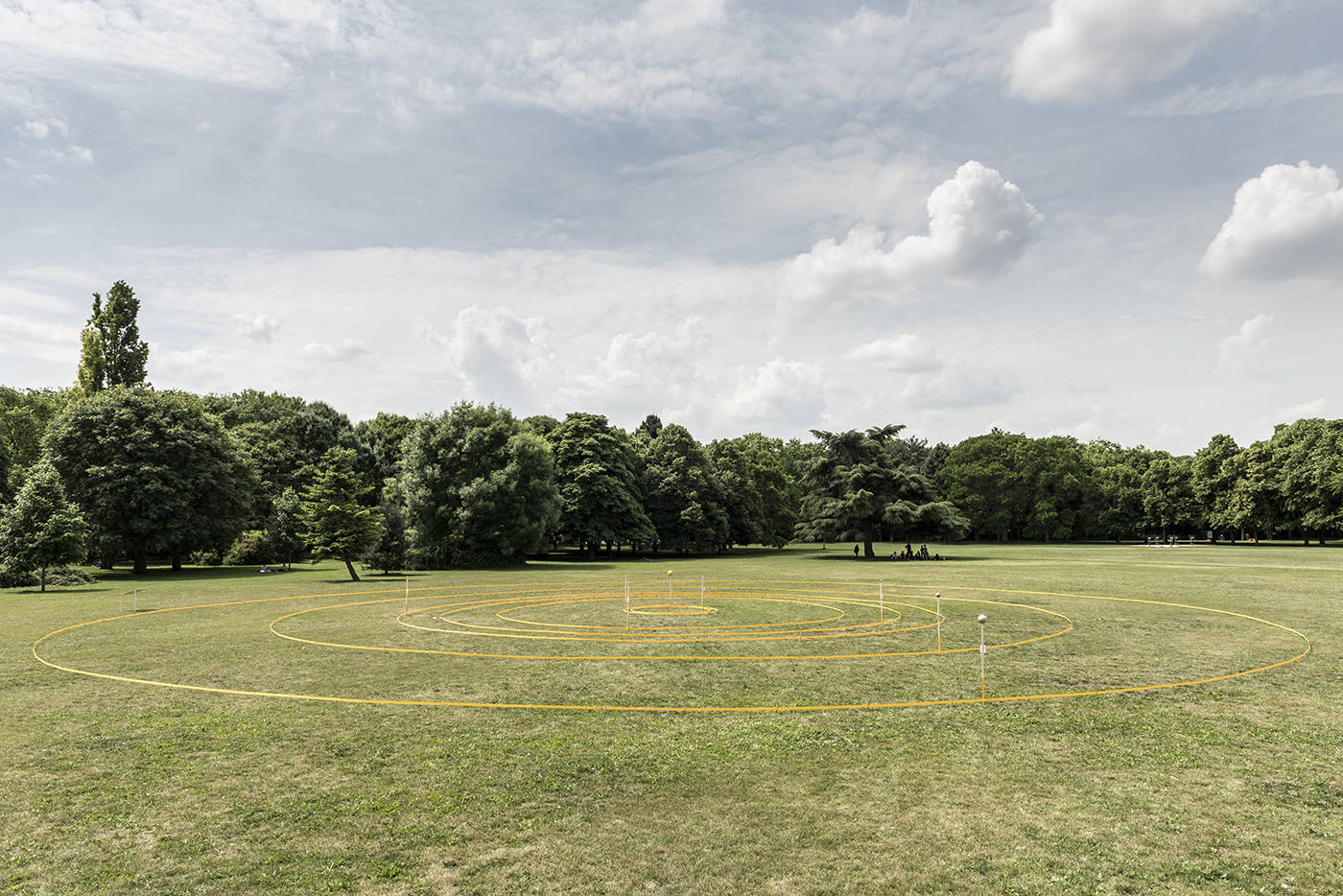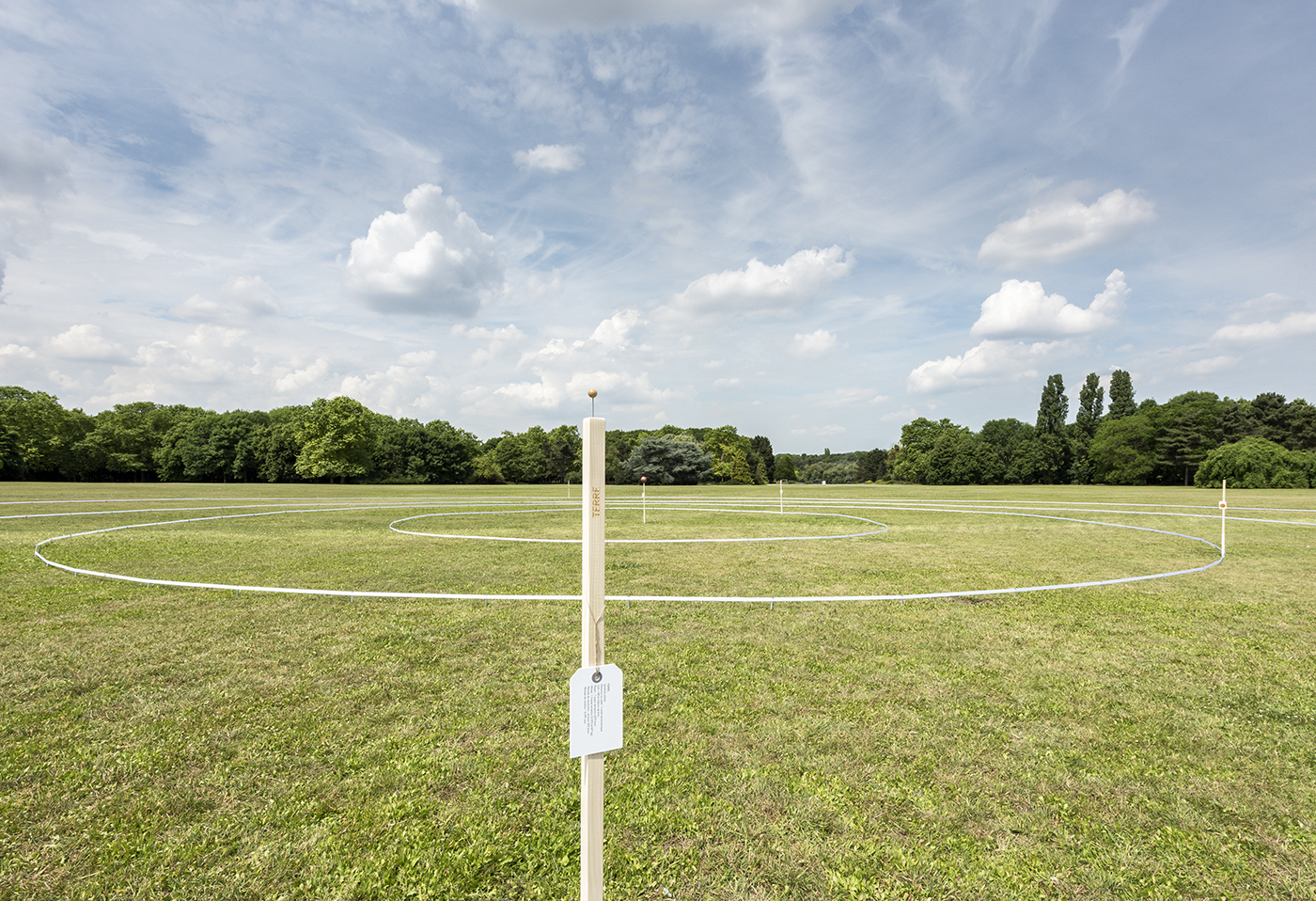Planetarium
Since 2009, the Seine-Saint-Denis County Council has been backing “la Culture et l’Art au Collège (CAC)”. This project is based to a large extent on the presence in class for several weeks (40h) of an artist or scientist whose mission is to engage the students in a process of research and creation.
Tutors: Virginie Batista, ALAIN RIAZUELO/ astrophysicists IAP
Project manager: Stéphane Coulaud
Objectives:
Is our solar system unique? It would be surprising if other stars were not surrounded by planets, and some of these planets may be able to support life. Current techniques are not capable of detecting another Earth in the vicinity of a star, but great progress has been made in research into extrasolar planets. Using astrophysicists’ data, the students have to design a planetarium to represent our system and compare it with other systems further away.
Workshops:
The workshop opened with a short introductory sequence of questions and answers between the contributor and the students about their representations of what we mean by astrophysics and astronomy.
This was followed by a long sequence studying the solar system – used as a kind of “astronomic benchmark” – and an exoplanetary system. This phase focused on documentary research, calculations, written descriptions, etc. The students studied three exoplanetary systems among the thousands that exist: Trappist, Kepler-11 and Kepler-90.
These systems were chosen because they meet several material criteria: they have been sufficiently researched scientifically for it to be possible to have a precise and valuable understanding of them; they are compact systems that can be adapted to a “humanly” realistic dimension to create a reproduction of them; and they have a reasonable number of planets in addition to the star (6 and 7 for the Kepler-11 and Kepler-90 systems, and 7 for the Trappist system). Once the selection had been made, the students began a study of the systems.
A technical specification sheet was drawn up for each planet (Kepler-11b, Kepler-11c, Kepler-90b, Kepler-90c, etc.) from each system (Kepler-11 or Kepler-90): identification of the system (e.g. Kepler-11); name of the planet (e.g. Kepler-11b); distance from the sun (e.g. 0.091astronomical units, or 13.6 million km); the planet’s radius (e.g. 1.8 or 11,480 km) and mass (e.g. 1.9 land mass); size of orbit (e.g. 1.82m) and of the planet (e.g. 0.31cm) to the scale of 1/7500000000; the star’s presence in the habitable zone.
Each astronomical object’s specification sheet was completed by a short commentary.
In addition to this documentary work, the students made mathematical calculations, since the project also involves assessing the distances separating the planets from the system’s star or, for example, calculating the distances between a system’s various astronomical objects or its distance from the solar system. These calculations helped the students grasp distances that are often perceived as abstract on a human scale.
Lastly, some of the technical specification sheets were enriched with graphics and artists’ impressions suggested by the students. Once the sheets included all the information, they were displayed using brackets to support stars and planets in a reproduction of the systems.
Exhibition:
From 2nd – 6th June 2017, the reproduction of the Planetarium circuit was on display at the Georges-Valbon Departmental Park as an installation on the ground. In light of the dimensions required for a representation on a realistic scale (1:7500000000), the “Grande Circulaire” parkland in the middle of the park near Édouard-Glissant House was chosen. The orbits of the four astronomical systems were traced on the ground and represented with coloured straps of yellow (Kepler-90), red (Trappist), blue (Kepler-11) and white (solar system). The represented systems were put in place on June 1st: 1,000 metal posts were planted to outline each system and their orbits were represented with approximately 5,000 metres of straps.
The students from the 3 classes spent the entire morning completing the installation, placing planets and stars in the orbits using wooden brackets from which they hung balls to scale. The layout was determined by calculations made earlier in the classroom. Orientation tables set out next to the installation made it possible to situate each system in relation to the others.
Acknowledgements:
Hélène Lescure, Reception & Promotion - Georges-Valbon Departmental Park; Nature Department; Landscapes & Biodiversity/Seine-Saint-Denis County Council; Marie Thibault, Technician Facilitator, Heritage & Environment: Georges-Valbon Departmental Park, Nature Department; Landscapes & Biodiversity/Seine-Saint-Denis County Council; Jean Mouette, Institute of Astrophysics, Paris
Outings (selection):
- Planetarium, Palais de la Découverte, Paris
- Astronomy and Astrophysics Halls, Palais de la Découverte, Paris
Participating schools:
- class 4e, collège ANATOLE FRANCE, PAVILLONS-SOUS-BOIS
- classe 3e, COLLÈGE JEAN JAURÈS, SAINT-OUEN
- class 4e, COLLÈGE CAMILLE CLAUDEL, VILLEPINTE
Scenography: ELODIE DESCOUBES
Photos: PIERRE ANTOINE

